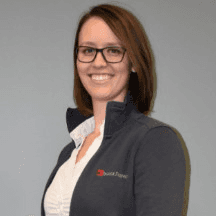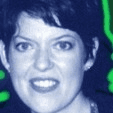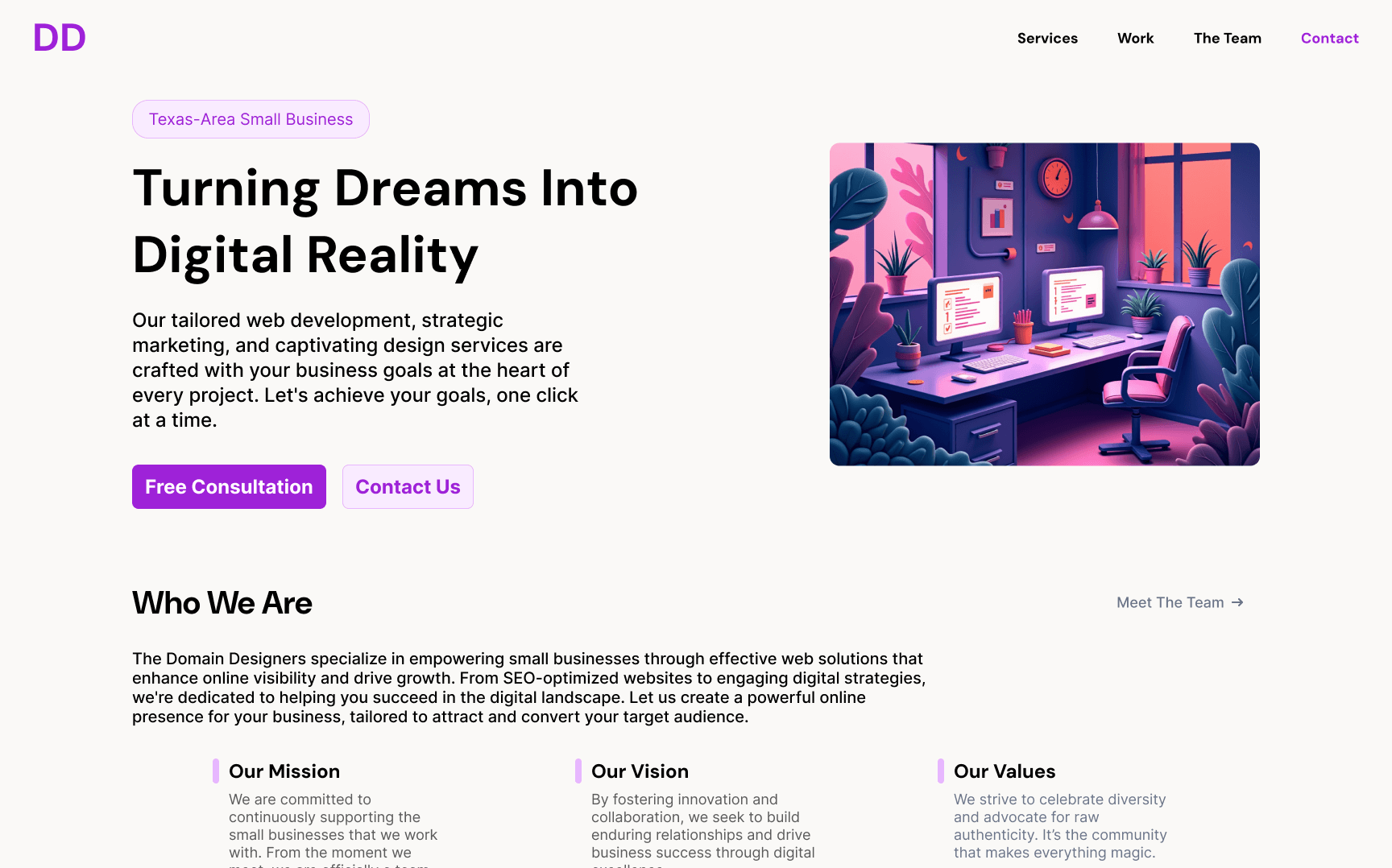My Projects
My Projects
My works are a blend of innovative thinking and practical solutions, ensuring they are both unique and effective.
Recommendations
Recommendations
Do you wonder what people are saying about me?… Me too!
"Mia was a summer intern at ImageTrend and worked on helping us revamp our first responder mental health app. She was thoughtful in listening to the teams ideas and what we were trying to get out of a new feel for the app. Mia was able to create a refreshing design layout that really made the app feel like it was made for first responders. She worked on several projects during her internship and was able to create this design with a quick turnaround in addition to her planned projects throughout her internship. Her work ethic, positivity and skills are top notch!"


Morgan Anderson
Research Manager @ ImageTrend
"Mia was an excellent UX Student Designer! She was wonderful to work with, and exemplifies all the best traits of a UX designer--competent, knowledgeable, and empathetic with an above average extra measure of tenacity and diplomacy when working with internal stakeholders. She worked on a challenging web redesign project with tight deadlines. She was compassionate with users to redesign several parts of the website to ensure easier navigation while also understanding the internal stakeholders need for minimal change. Her new icons promote accessibility, and her design will positively impact future updates for many years to come."


Debra Kolah
Head of User Experience @ Rice University
Experience
Where have I been? Where am I going?
Product Designer
The Domain Designers (Start-up)
May 2024 - Sep 2024
UX Design Intern
Rice University
April 2023 - May 2024
UX Design Intern
ImageTrend
May 2022 - Aug 2022
Product Designer (Student Org)
RiceApps
Jan 2022 - May 2022
Common Queries Answered
Everyone one question at a time please!!
From Curious Cat, 9:41 AM
What sets you apart?
I combine a deep understanding of how people think (thanks to my background in cognitive science) with practical design skills to create intuitive, user-friendly experiences. I’m all about making designs that solve real problems and move the needle—whether it’s increasing conversions, improving workflows, or just making things easier for users. Plus, I’m always open to feedback and love iterating to make things better.
How do you approach solving complex design problems?
I start by digging into the problem—really understanding the user needs, the business goals, and any constraints. Then, I break the problem down into smaller, manageable parts. I’ll usually sketch or wireframe different solutions and test them with real users to see what clicks. Once I’ve got something that works, I refine it with feedback and data to make sure it's the best solution. The whole process is iterative, so I’m always looking for ways to improve and optimize along the way.
What’s your favorite part of the design process?
I love the problem-solving phase—digging into user research, analyzing data, and figuring out the best ways to meet user needs. It’s like piecing together a puzzle. Once I’ve got a clear understanding, turning that into a clean, intuitive design is super satisfying. I’m all about making things simple but effective!
From Curious Cat, 9:41 AM
What sets you apart?
I combine a deep understanding of how people think (thanks to my background in cognitive science) with practical design skills to create intuitive, user-friendly experiences. I’m all about making designs that solve real problems and move the needle—whether it’s increasing conversions, improving workflows, or just making things easier for users. Plus, I’m always open to feedback and love iterating to make things better.
How do you approach solving complex design problems?
I start by digging into the problem—really understanding the user needs, the business goals, and any constraints. Then, I break the problem down into smaller, manageable parts. I’ll usually sketch or wireframe different solutions and test them with real users to see what clicks. Once I’ve got something that works, I refine it with feedback and data to make sure it's the best solution. The whole process is iterative, so I’m always looking for ways to improve and optimize along the way.
What’s your favorite part of the design process?
I love the problem-solving phase—digging into user research, analyzing data, and figuring out the best ways to meet user needs. It’s like piecing together a puzzle. Once I’ve got a clear understanding, turning that into a clean, intuitive design is super satisfying. I’m all about making things simple but effective!
From Curious Cat, 9:41 AM
What sets you apart?
I combine a deep understanding of how people think (thanks to my background in cognitive science) with practical design skills to create intuitive, user-friendly experiences. I’m all about making designs that solve real problems and move the needle—whether it’s increasing conversions, improving workflows, or just making things easier for users. Plus, I’m always open to feedback and love iterating to make things better.
How do you approach solving complex design problems?
I start by digging into the problem—really understanding the user needs, the business goals, and any constraints. Then, I break the problem down into smaller, manageable parts. I’ll usually sketch or wireframe different solutions and test them with real users to see what clicks. Once I’ve got something that works, I refine it with feedback and data to make sure it's the best solution. The whole process is iterative, so I’m always looking for ways to improve and optimize along the way.
What’s your favorite part of the design process?
I love the problem-solving phase—digging into user research, analyzing data, and figuring out the best ways to meet user needs. It’s like piecing together a puzzle. Once I’ve got a clear understanding, turning that into a clean, intuitive design is super satisfying. I’m all about making things simple but effective!
From Curious Cat, 9:41 AM
What sets you apart?
I combine a deep understanding of how people think (thanks to my background in cognitive science) with practical design skills to create intuitive, user-friendly experiences. I’m all about making designs that solve real problems and move the needle—whether it’s increasing conversions, improving workflows, or just making things easier for users. Plus, I’m always open to feedback and love iterating to make things better.
How do you approach solving complex design problems?
I start by digging into the problem—really understanding the user needs, the business goals, and any constraints. Then, I break the problem down into smaller, manageable parts. I’ll usually sketch or wireframe different solutions and test them with real users to see what clicks. Once I’ve got something that works, I refine it with feedback and data to make sure it's the best solution. The whole process is iterative, so I’m always looking for ways to improve and optimize along the way.
What’s your favorite part of the design process?
I love the problem-solving phase—digging into user research, analyzing data, and figuring out the best ways to meet user needs. It’s like piecing together a puzzle. Once I’ve got a clear understanding, turning that into a clean, intuitive design is super satisfying. I’m all about making things simple but effective!

















